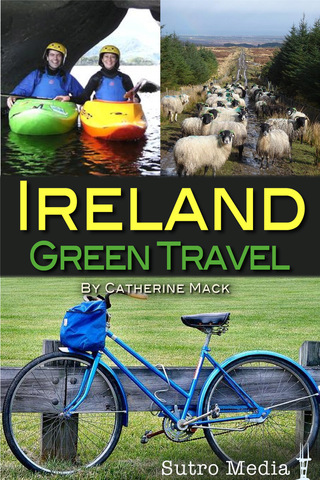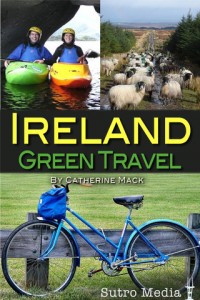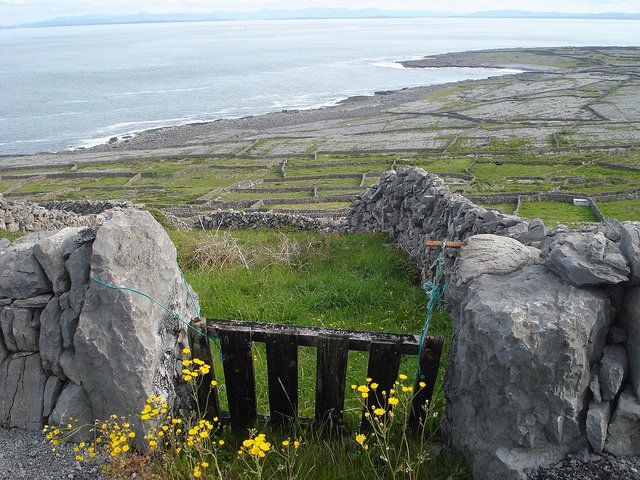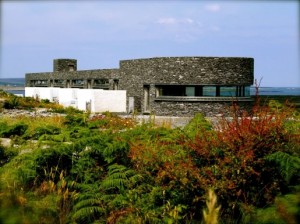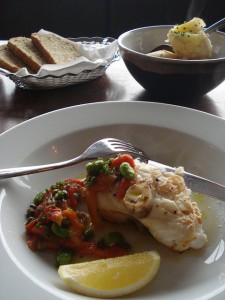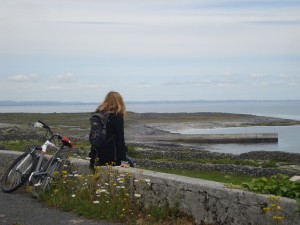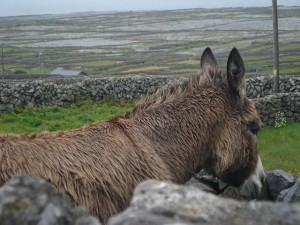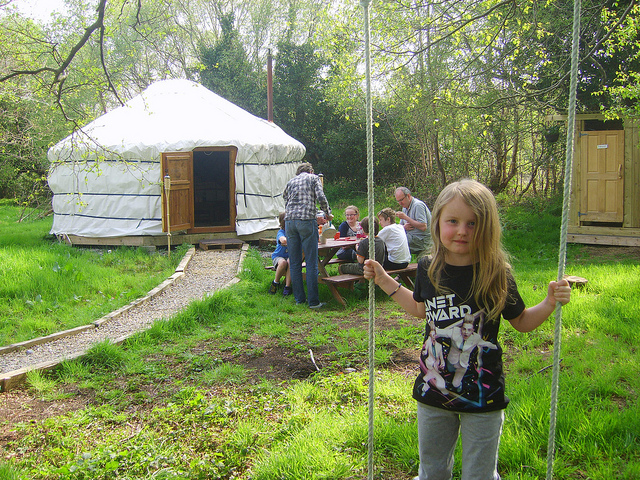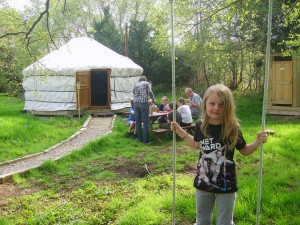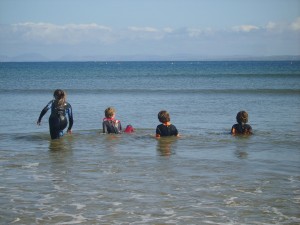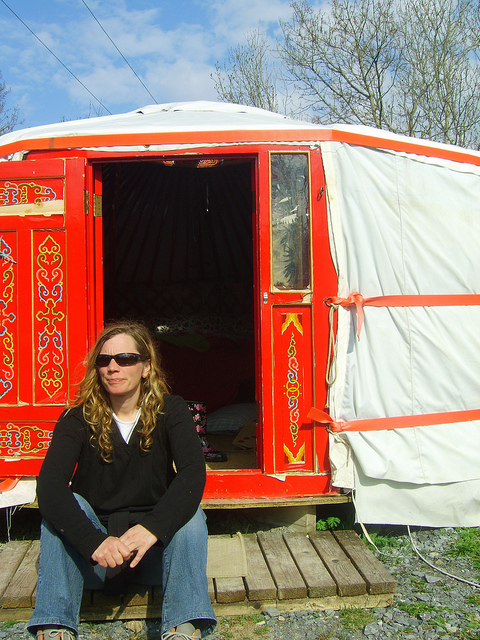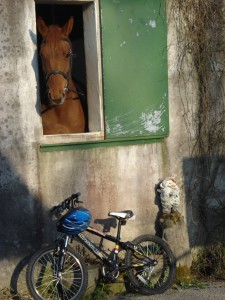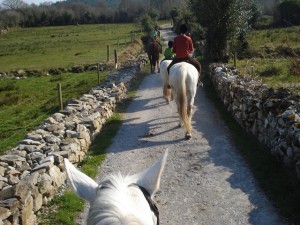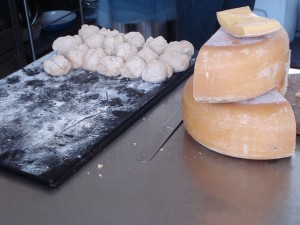For immediate release 10 February 2012
On St Patrick’s Day, 17 March, a new travel app, Ireland Green Travel, written by award winning travel writer, Catherine Mack, shows the world some of Ireland’s truly green gems, not just the emeralds.
Just as everything turns green for the world wide celebrations of St. Patrick’s Day on 17 March, a new travel app on the market, Ireland Green Travel, helps tourists see all of Ireland’s ever growing number of truly green gems, not just the emeralds. The Ireland Green Travel app, currently available for iPod and iPad, and Android, has been written by award winning Irish travel writer, Catherine Mack, who specialises in green and responsible tourism. Featuring over 120 entries of green accommodation, activities, transport options and local food experts, this guide will have you hiking, biking, canoeing and sleeping in some of Ireland’s lesser known green spots – lakeside lodges, yurt camps, island retreats, eco-castles, grand houses, yoga retreats and community-run hostels. Each accommodation entry has details on how to get there without a car and Ireland Green Travel app has a handy up to date Slow Travel guide for visitors who want to get to and from Ireland without flying, with information on local rail and bus services, as well as how to bring your bike on them.
“Ireland has been feeling the pinch recently, to say the least”, says Catherine,”but St Patricks Day is always a welcome opportunity for those of us at home or abroad to cheer ourselves up with what we love most about the country.This app aims to celebrate businesses which have committed to sustainability in tourism, and which offer a passion for preserving the country they love to share with visitors, not only on St Patrick’s Day, but for generations to come”.
- Price £1.79, $2.99. Published by Sutro Media.
-Ends-
|
For further information about Ireland Green Travel see preview http://sutromedia.com/apps/Ireland_Green_Travel or to request a download code for a review copy , or photos, please email catherine@ethicaltraveller.co.uk or phone +44 7905 275828. You can also follow Green Ireland Travel at www.twitter.com/greenirelandapp or on Facebook at Green Ireland Travel App. *Catherine Mack was winnner of Best in Responsible Tourism Writing category at the Virgin Holidays Responsible Tourism Awards 2011
|

